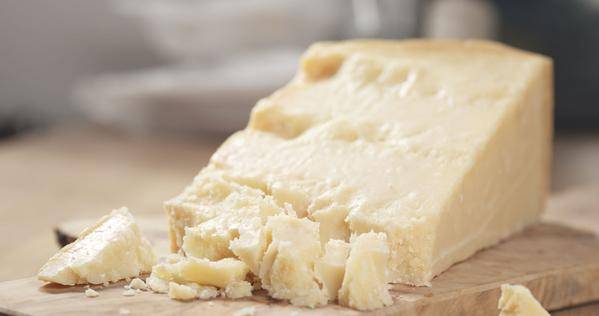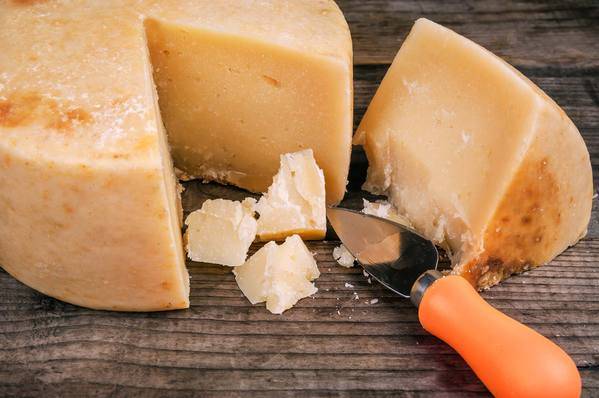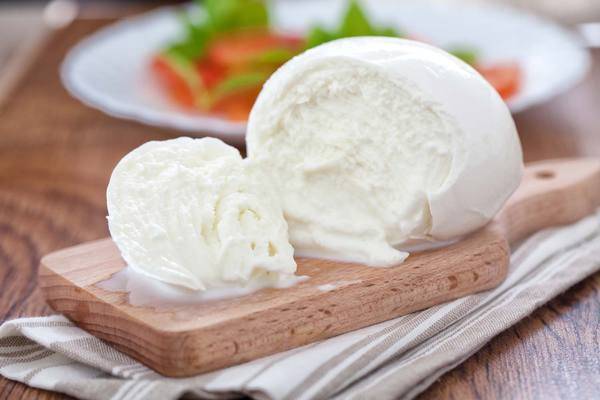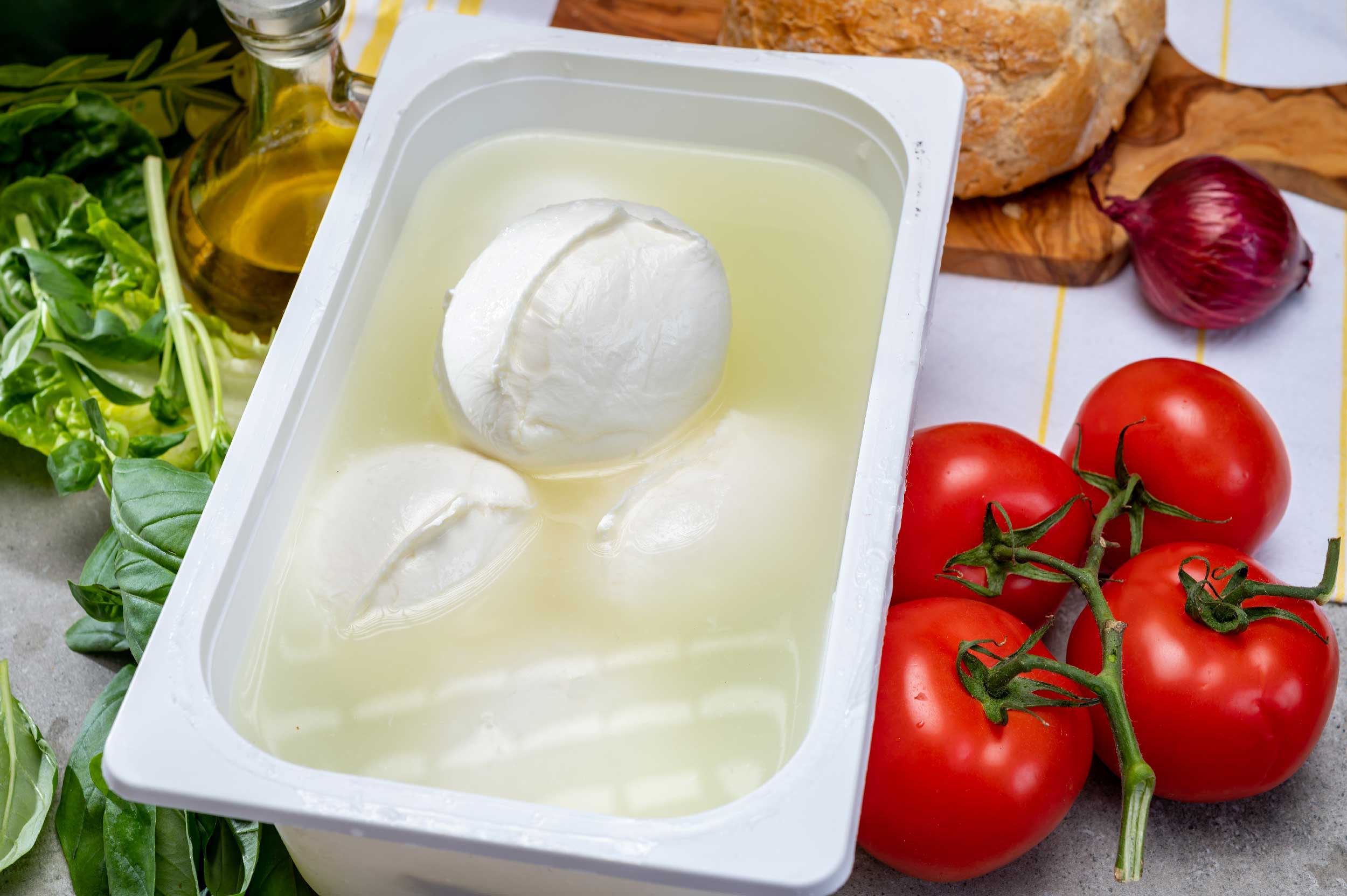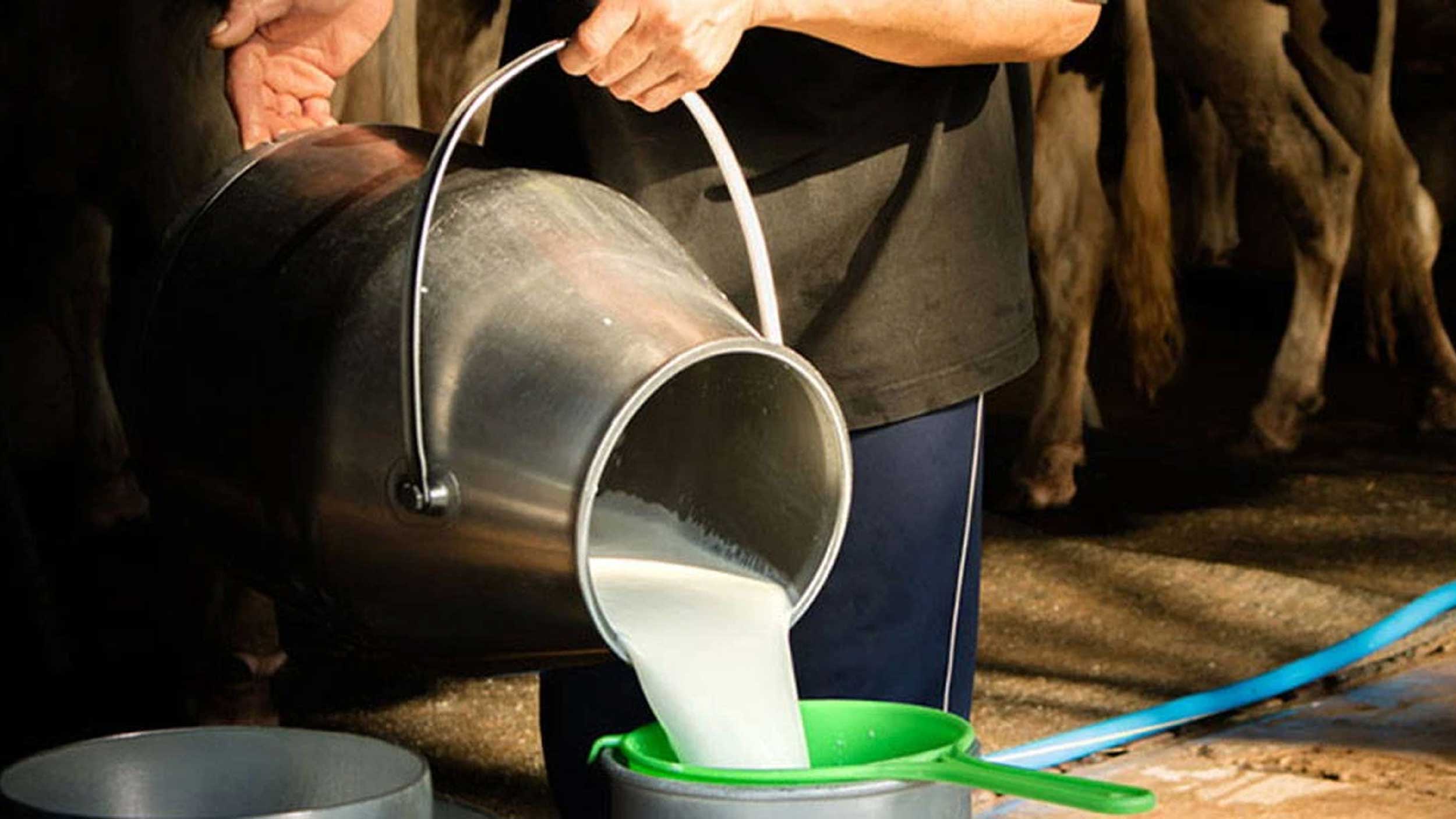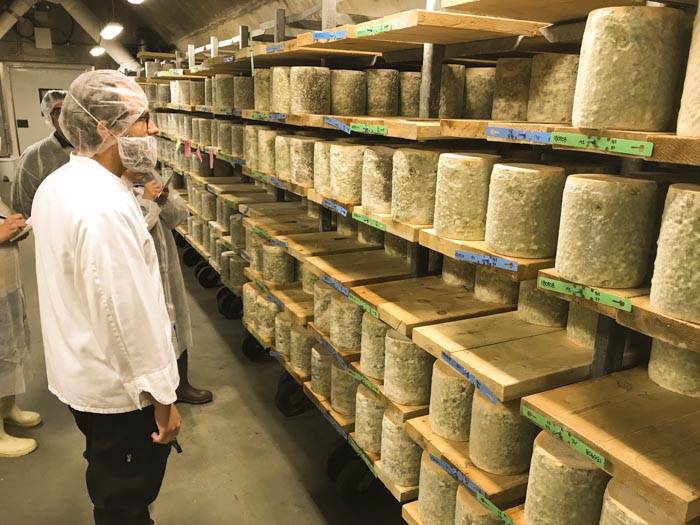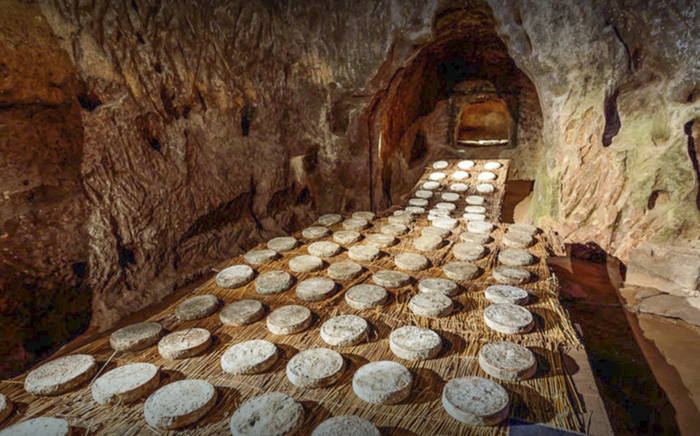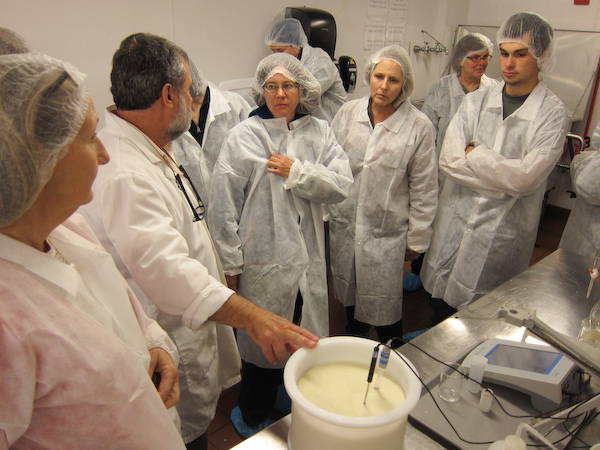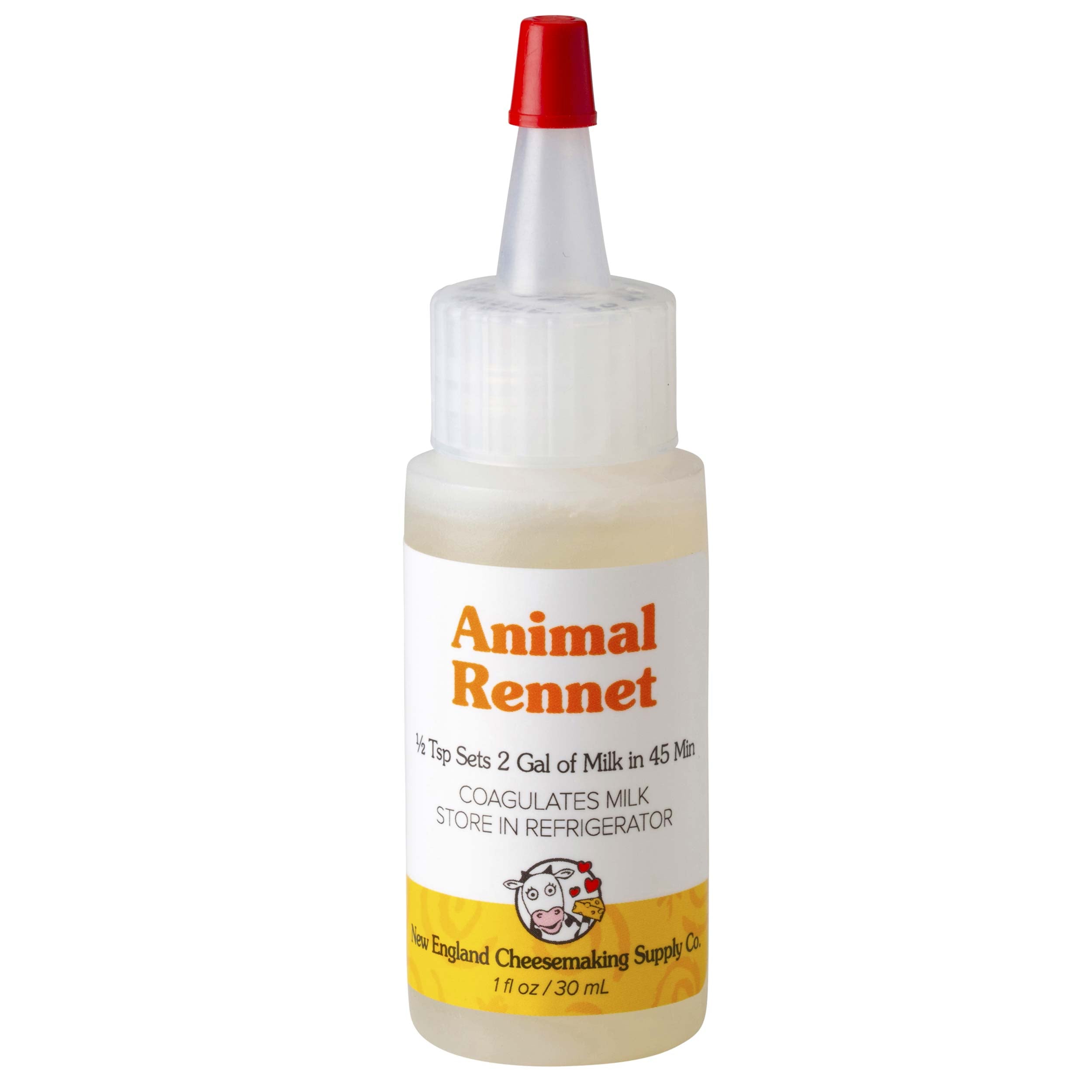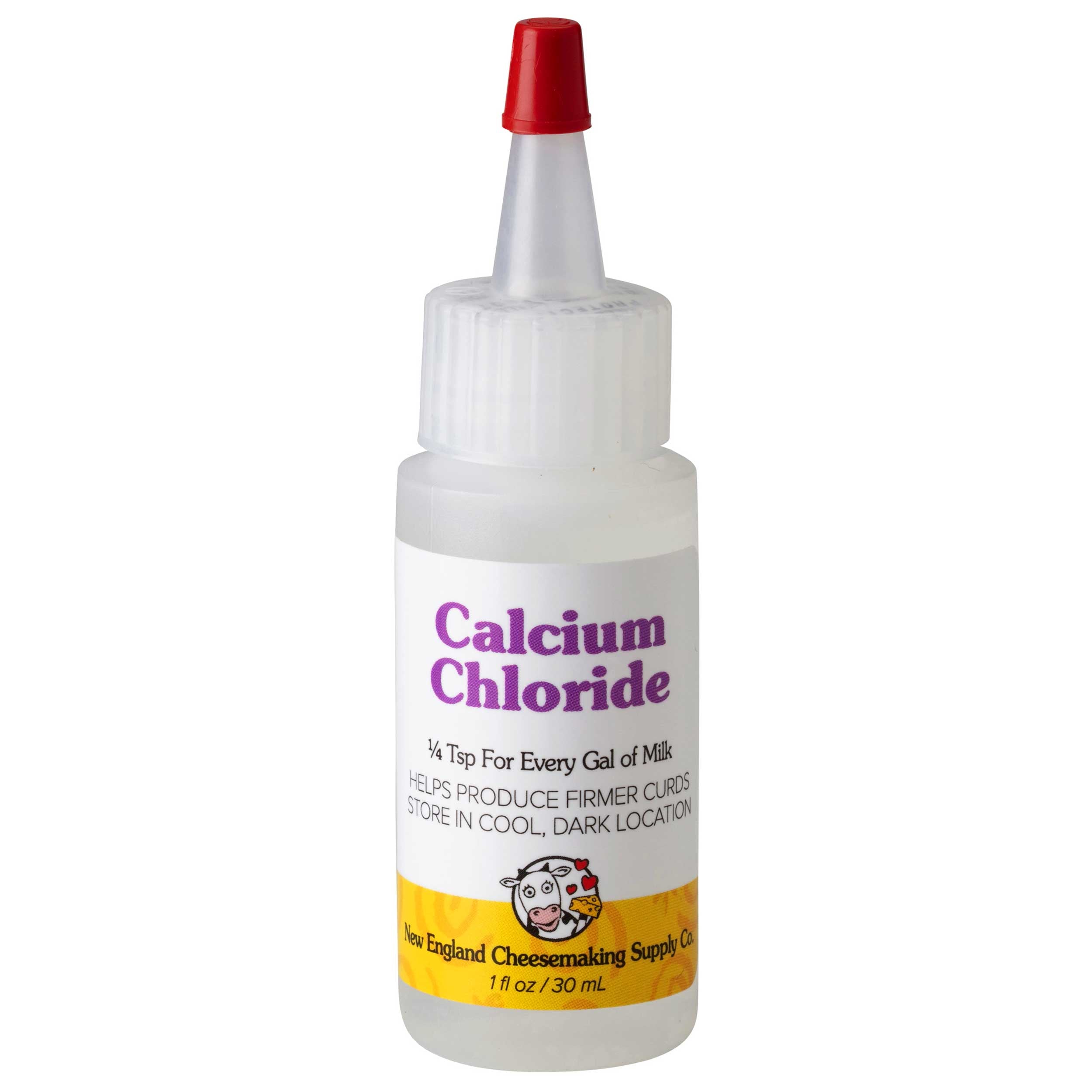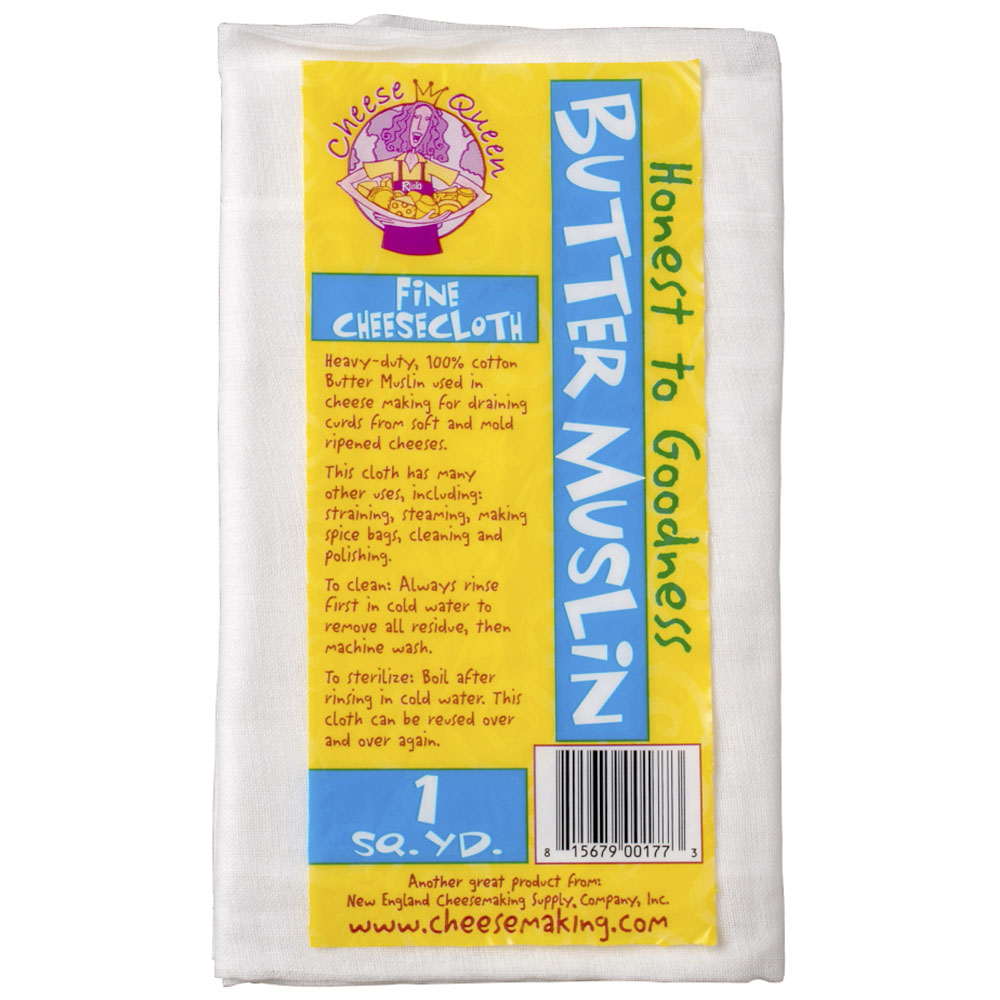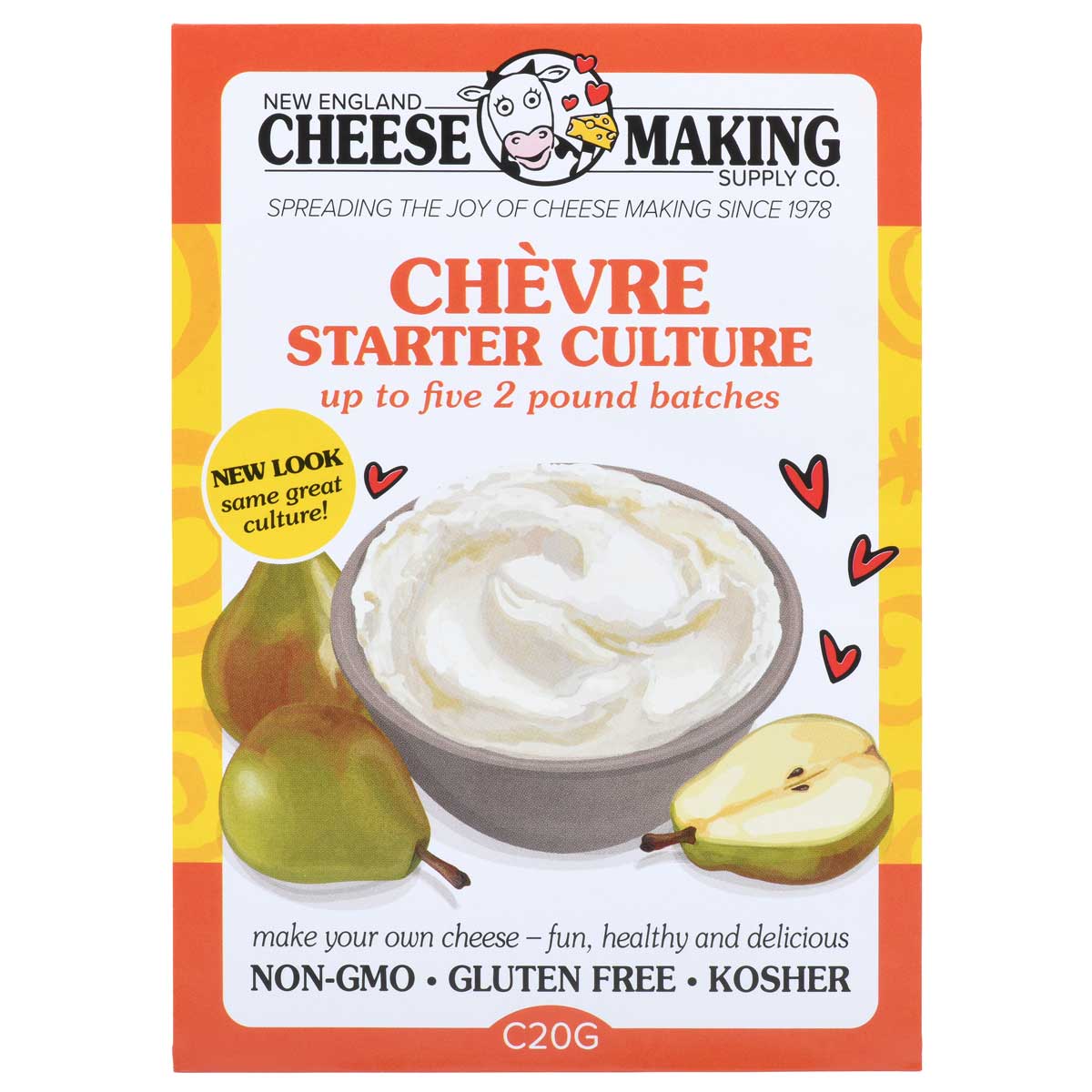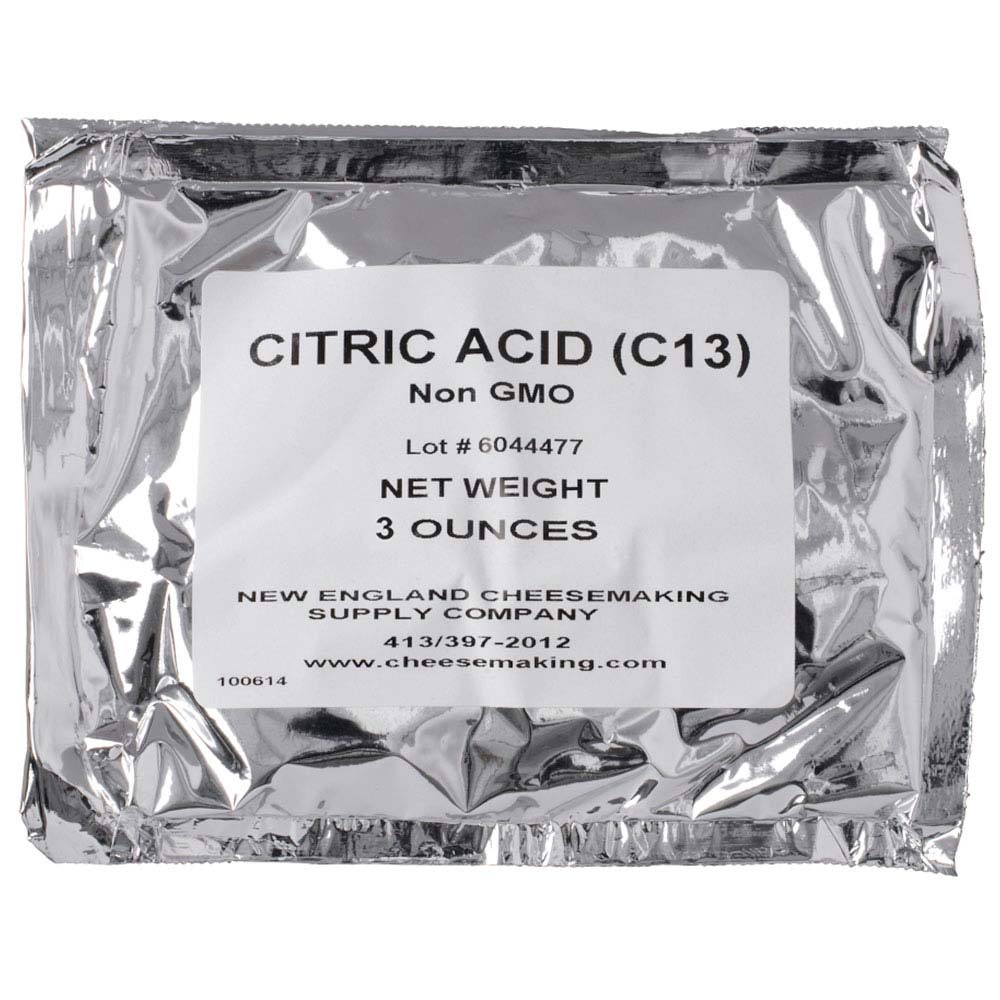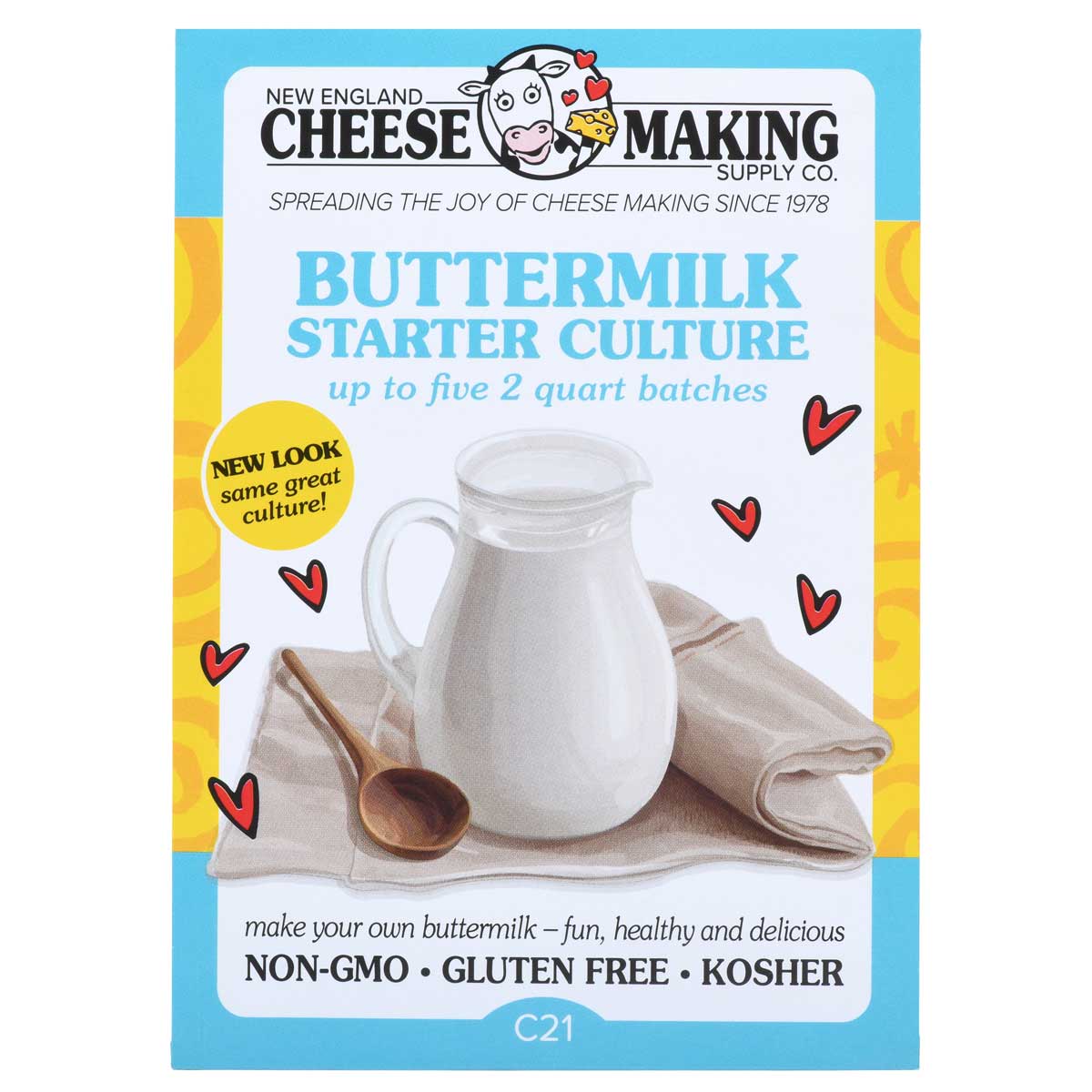Cheese Making Recipe of the Month
Parma Style Cheese Part 2
Last month in Part I, Jim gave you the beginner directions for making Parma with 2 gallons of store-bought milk. This month, he gives the advanced recipe for making it with 5 & 1/2 gallons of raw milk.
As we mentioned last month, Jim has flown to Italy several times and he has observed master cheese makers in action. For that reason, and because he loves this cheese, he has covered every aspect of making it in the most minute detail. We doubt if you will find a more complete recipe anywhere for the home cheese maker.
Is Romano Too Easy!?
Suzanne has done it again!
In fact, she has become such a seasoned cheese maker that she says Romano is no challenge at all! Well, that may be true but you'll notice in her story at Chickens in the Road, she named her cheese and she thinks she may be in love with it. (Raise your hand if you think Suzanne has gone off the deep end!)
News From Fellow Cheese Makers
For Draining Your Cheese
Check out this cheese tripod (at right) my husband made for me!!! I think he should make them in bulk and SELL them! What do you think?
Georgianna MacNeil
Making Yogurt in Africa
I love the idea of making yogurt in a crock pot. I live in Africa and we do as much as we can without electricity. I heat my fresh milk to about 125F on the stove then pour it into clean quart jars - leaving about 2 inches of head space. I put 2 tablespoons of good yogurt (without fillers) in each jar giving them all a quick stir.
I put those jars into a grass basket lined with towels and then cover with another towel. I usually do 6 or 7 quarts at a time. I leave it overnight - about 6 to 8 hours - and it is ready in the morning. I strain it for my cream cheese, use it for yogurt and sour cream. I usually heat another pot of milk to about the same temp and add lemon juice or vinegar until it curdles - for ricotta. I will then drain that and wrap it up tight into cheesecloth to make paneer cheese - which is amazing to grill. I am new on the cheese adventure - but looking to add many more varieties to our fridge!
Linda Gandy
Handkase (Hand Cheese)
I have a recipe for Hand Cheese from a book published by the U.S. Dept of Agriculture in 1969, called "Cheeses of the World." It lists Mainzer Handkase as one of the relatives to Hand Cheese and sounds like what Etta describes. (Note: Etta requested this recipe last month.) The directions are very limited but here is what it says:
Buttermilk or lactic starter is added to skim milk, which is then coagulated at room temperature. The curd is broken up or cut, stirred, and heated slowly to a temperature of 120F. It is held at this temperature for about 3 hours, and stirred for the first hour. At the end of the heating period, the curd is put in cloths or in forms, while the whey drains - with or without pressure. Then the curd is either mixed thoroughly or ground in a curd mill, and salted. Sometimes caraway seed is added. The cheeses are then molded by hand into the desired shape. They are dried in a warm room, then placed on shelves in a cool, moist cellar to cure. They are kept clean while curing. When surface ripening has begun, they are wrapped and packed in boxes. They are cured for 6 to 8 weeks at temperatures no higher than 50F. At higher temperatures they cure too rapidly.
Karen Marnach
Amish Butter
Vee Laura asks for a recipe for making butter. I often make butter and have posted the recipe on my blog, I not only give the recipe, I also answer a lot of questions about making your own butter. If your reader wants butter like the Amish make, she should probably use the Cultured Butter variation, and add salt.
Try the plain version first, though, because cultured butter is an acquired taste.
Gina Bisaillon
Regarding Cheese Curds
I put cheese curds in the frying pan with my scrambled eggs (towards the end). They turn out perfect every time! THANK YOU THANK YOU THANK YOU for the cheese curd recipe! I am making cheese in WI, and my family keeps requesting them, I have a sister that lives in Boston, and she constantly has to tell friends what cheese curds are.
Christine Geissler
See the cheese curds recipe at our blog
"The Cheeses & Wines of England & France" (B22) is back!
John Ehle is the award winning author of many fine books, including "The Winter People" and "The Journey of August King." He is also the husband of the actress, Rosemary Harris. He gathered the research for this book when he was spending time in England while his wife acted in a play there.
We are honored to be the new publishers of this remarkable book which has been out of print for many years. In it, Ehle describes in detail the traditional way to make at least 50 cheeses (as well as cider, mead, champagne, ale and several wines). We consider this book a "must have" for any serious cheese maker.
Reculturable Kefir (C46)
Kefir is very simple to make using our Yogotherm and it is loaded with probiotics!
CULTURE INCLUDES: lactose, lactic cultures, yeast, ascorbic acid
YIELD: One packet will culture 1/2 gallon of milk.
STORAGE: Keep packages in the freezer, they will last up to 4 years.
DISCOUNTS: If you really love these you can buy 12 or more packs and you will receive our price break of $3 for each pack.
Please send your cheese making news & photos to: moosletter@cheesemaking.com






























